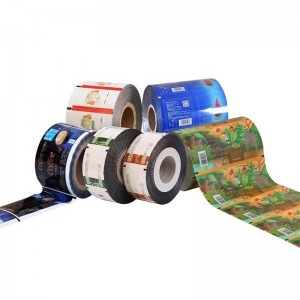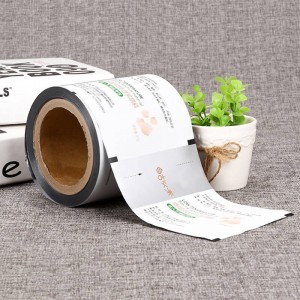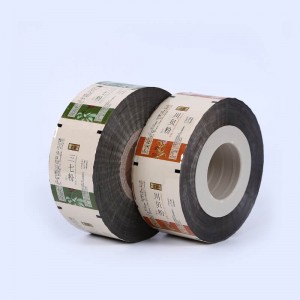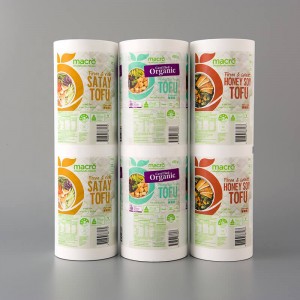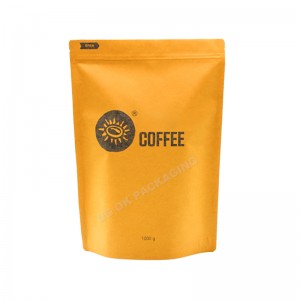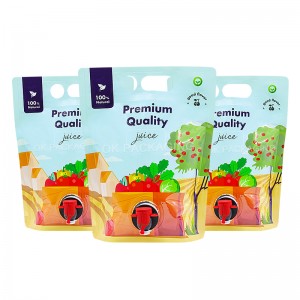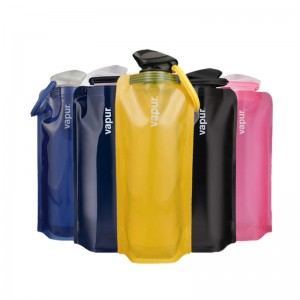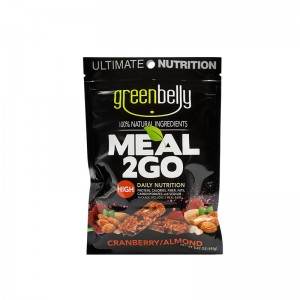Food Packaging Roll Film Roll Automatic Packaging Machine Plastic Packaging Film

Food Packaging Roll Film Roll Automatic Packaging Machine Plastic Packaging Film Description
A composite film formed from two or more layers should be as inseparable as a single film. This involves more than just the adhesive between the two films. Also related to ink film. Adhesives are synthetic products Most adhesives are two-component polyurethane (PU) adhesives. The chemical reaction of the drilling process cures the adhesive. The adhesive on the surface of the substrate is mainly a physical process and only a small part is a chemical process. At this time, the components of the adhesive are drilled together with the components in the plastic film and further cured.
If a composite film is already printed during the bonding process then the adhesive and ink have to meet more requirements. A very basic requirement is that the inner layer should have good adhesion fastness and dryness before lamination. This means that no solvent residues are allowed in the printed liner. But solvent or alcohol is often left in the binder of the ink. For this reason, the properties of the adhesive should be able to bind to free radicals (-OH groups). Otherwise, the adhesive and the curing agent will react by themselves and lose their original properties.
Among the adhesives, solvent-based adhesives are distinguished from solvent-free adhesives such as UV adhesives. Solvent-based drill mixture requires a drying tunnel to volatilize the solvent. When UV adhesives are used, UV light travels through the composite film to the adhesive to polymerize the adhesive together.
1. Dry compound
It refers to a method in which the adhesive is compounded in a dry state. First, the adhesive is coated on a substrate. After drying in the drying tunnel, all the solvents in the adhesive are dried. The process of melting the adhesive, bonding another substrate to it, cooling, and curing to produce a composite material with good properties.
2. Extrusion compound
It is also known as casting compounding, which is one of the main production methods of compound flexible packaging. It melts thermoplastics such as polyethylene and polypropylene in an extrusion compounding machine, and flows out uniformly in a thin film from the flat head, and is continuously coated on On the base material, the composite film of two or more layers is formed by pressing with a pressure roller and cooling with a cooling roller.
Extrusion lamination has the advantages of fast production speed, simple production process, clean production environment, high production efficiency, simple operation, low cost, and no solvent residue. important location.
Food Packaging Roll Film Roll Automatic Packaging Machine Plastic Packaging Film Features
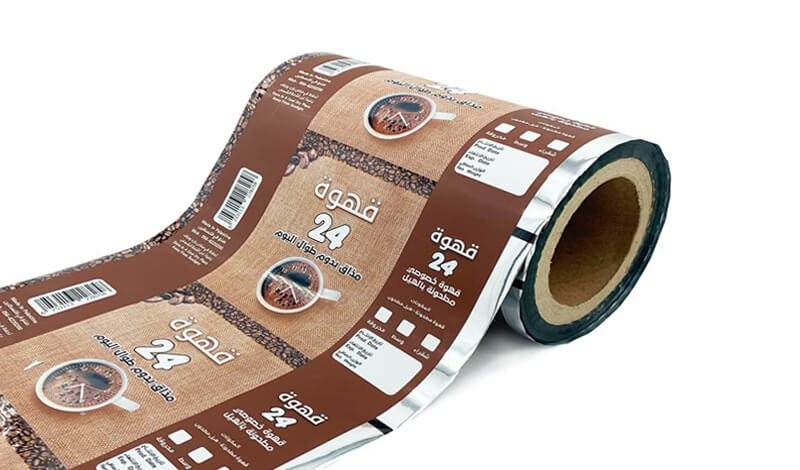
Gravure printing is clearer and supports printing 1_9 colors
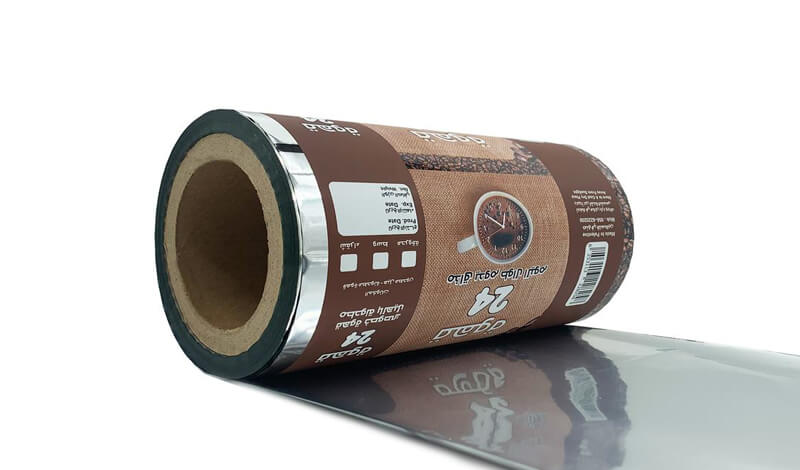
Material types and thickness specifications can be customized according to requirements
Food Packaging Roll Film Roll Automatic Packaging Machine Plastic Packaging Film Our Certificates
All products undergo a mandatory inspection test with iyr state-of-the-art QA lab And get a patent certificate.







